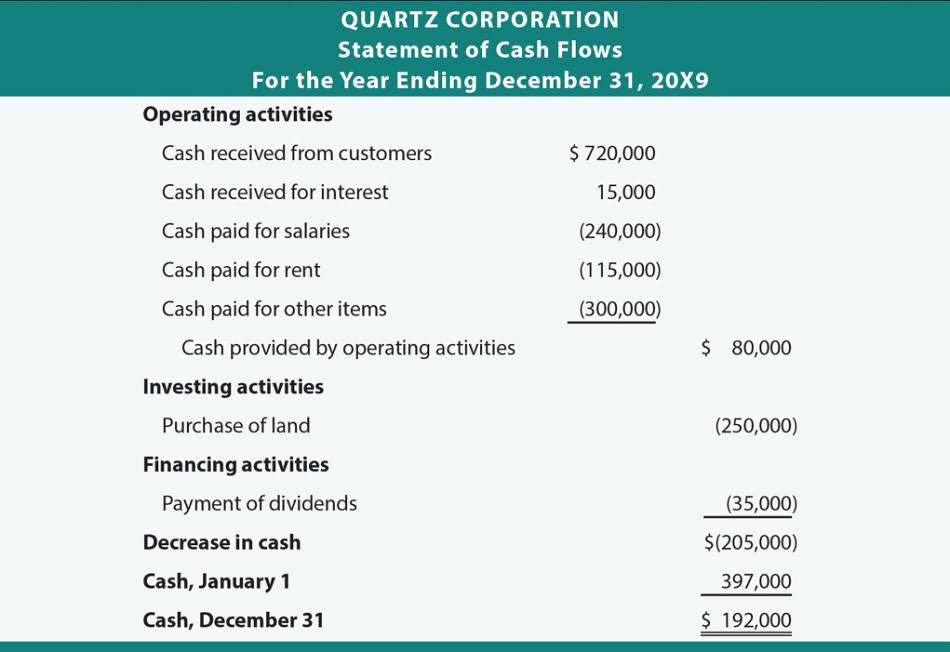
Companies that choose to run payroll semi-monthly pay their workers on a fixed date every month (1st and 15th or 15th and 30th). Our services cover all aspects of your payroll process and payroll tax needs. Considering the fact that one of the main purposes of working is being paid, it’s vital to research the nature of your pay.
- The holidays and weekends coming into the play also create confusion about the payday.
- So, knowing what these terms mean is critical when you are budgeting or if you need to know how often a magazine or journal is published.
- Two popular, yet easily confused, pay periods are biweekly and semimonthly.
- Depending on several factors, employers choose to pay their employees biweekly, weekly, monthly, and semi-monthly.
- With a biweekly pay schedule, there are two months in the year where employees receive three paychecks.
However, this should not deter employers from exploring this option. Bi-weekly pay schedules have 26 pay periods in a year vs semi-monthly’s 24. That means you’ll make two extra paychecks to your employees in a year with a bi-weekly pay schedule. According to the Bureau of Labor Statistics, 36.5% of employees are paid biweekly. On the other hand, only 19.8% of employees are paid using the semimonthly payroll frequency. According to the Bureau of Labor Statistics, 43% of employees are paid biweekly.
Bi-Weekly vs Semi-Monthly: Difference and Comparison
Although your total annual earnings will be $42,000 with either option, this is definitely a factor that is worth noting — especially when you’re creating your monthly budget. Semi-monthly and bi-weekly sound like the same thing, but there are some key differences between these two payroll schedules. Deciding between biweekly vs. semimonthly payroll can be a difficult decision, especially because federal pay laws state that you must keep the same frequency throughout the year. Paying on the 15th and 30th is convenient for both companies and employees. For employees, it makes it easier for them to organize their finances and pay bills on time.
Leap Year Payroll: The Ins and Outs, and the Math – TriNet
Leap Year Payroll: The Ins and Outs, and the Math.
Posted: Wed, 30 Aug 2023 07:00:00 GMT [source]
Each guide contains a quick overview and a detailed description of the difference between the terms it covers, as well as definitions, pronunciations, grammar rules, and usage tips. Choose from our comprehensive and flexible employee benefits programs. Missing your regular payday, even by as little as a day or two, opens you up to FLSA complaints. The cost of a wage violation can be steep, including double back wages and other penalties. In his professional career he’s written over 100 research papers, articles and blog posts.
Benefits of a Bi-weekly Payroll System
It’s also easier to track payroll expenses and calculate benefit deductions with a semi-monthly payroll. Bi-weekly pay schedules are the most common, especially in the United States due to state laws. If you choose this pay schedule, you will be paying your employee once every two weeks on a designated day of the week. While paying employees twice a month can be difficult for administration and calculating overtime pay, it does have its own set of benefits.

This amount is derived by dividing fifty thousand dollars by 24 as there are two pay cycles every month. There are also strategic considerations when setting pay frequency. Employees value shorter pay periods, yet each payroll run costs your business in administrative hours or vendor expense.
Semi-Monthly vs. Bi-Weekly Pay: Demystifying Payment Schedules for Workers
While the number of hours you work under a biweekly schedule can also vary, they’re more likely to remain similar to every pay cycle if you’re working full time. This is because there will always be 14 days between each paycheck. The semi-monthly payment mode becomes more confusing over a long course of time than doing the payroll processing of full-time salaried.

The only thing that matters here is the amount in the check and how frequently you get the same. As per the semi-monthly schedule, the employees get 24 checks in a year. Since the number of days in a month varies, some pay checks may be smaller or larger than the others. For instance, in the month of February, the second paycheck would cover only 13 or 14 days when in the rest of the months, it covers 15 or 16 days. Depending on whether you are a salaried, permanent employee, the total yearly salary may be divided into 24 checks by the employer. Biweekly pay periods run a close second among small businesses at 32%.
When employees are paid semimonthly, salaried workers receive the same amount to employees each month. The extra two paychecks for biweekly pay frequencies can make budgeting more challenging semi monthly vs bi weekly if the business doesn’t properly prepare for months with three paychecks. The business needs to make sure it has enough money in its payroll account to cover the additional expenses.
In the fast-paced landscape of modern project management, it’s a challenge to manage multiple projects. Fortunately, task tracking tools continue to evolve with the growing press… With remote and hybrid work increasing in popularity, outsourcing has become an effective way to run a more profitable business. Set limits, turn tracked time into automated timesheets, and send invoices with Hubstaff. If you ever get stuck on anything, you can always come back here for a quick refresher.
